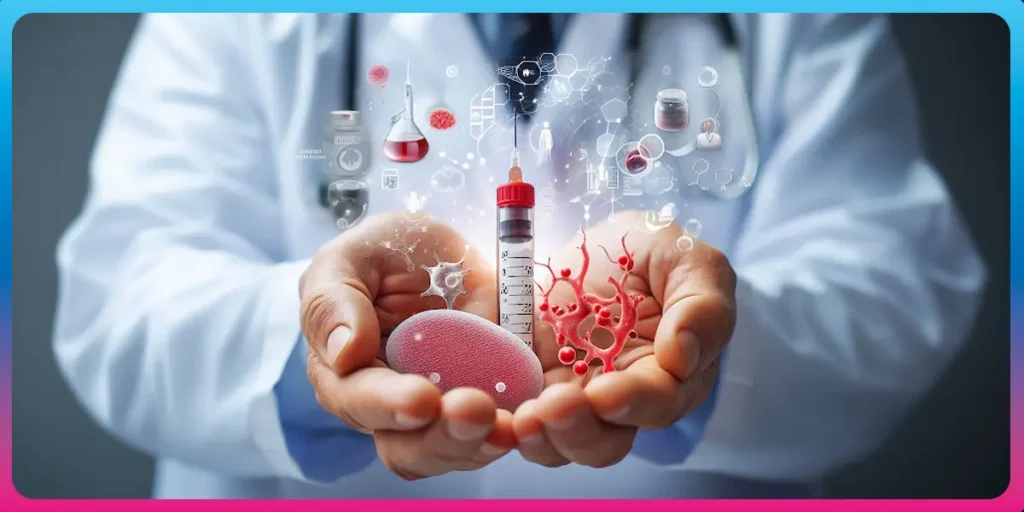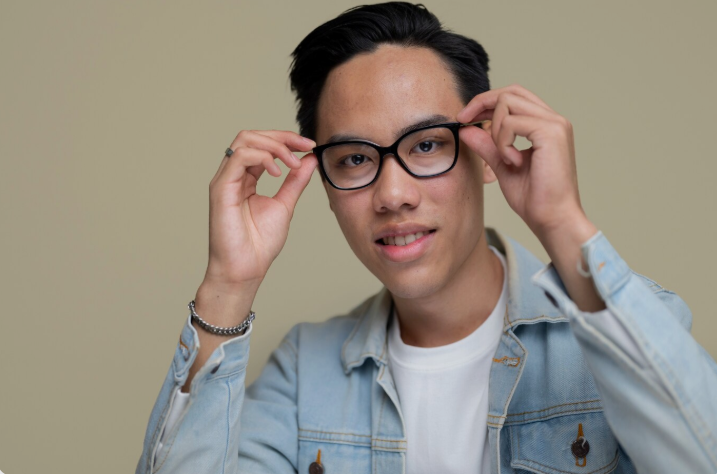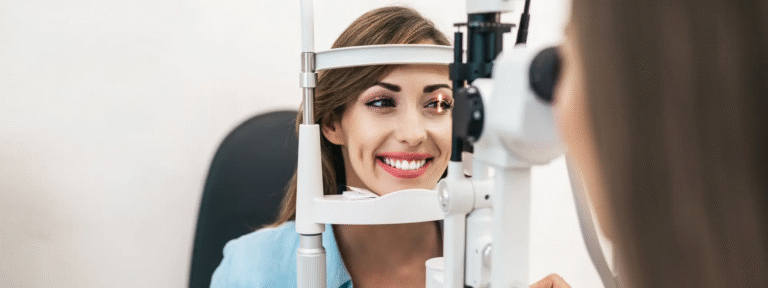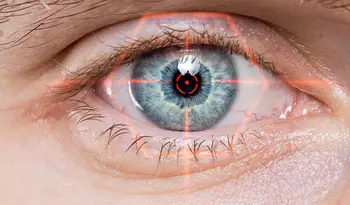Korea has emerged as a global leader in stem cell therapy, offering advanced treatments for anti-aging, joint regeneration, neurological recovery, hair loss, and more. With state-of-the-art hospitals, government regulation, and competitive pricing, it’s no wonder that thousands of medical tourists travel to Korea each year for regenerative care.
If you’re considering the journey, you probably have questions—and you’re not alone. Here are the top questions international patients ask before getting stem cell therapy in Korea, along with expert answers to help you make an informed decision.
🧬 1. Is Stem Cell Therapy Legal and Regulated in Korea?
Yes. Korea has one of the most advanced and well-regulated environments for stem cell research and therapy. The Ministry of Food and Drug Safety (MFDS) oversees the approval and regulation of stem cell-based products and treatments. Well-known approved therapies include:
- Cartistem® – Used for knee cartilage regeneration
- Stem Cell IV Therapy – For anti-aging and chronic conditions
- AAPE® & ADSC (Adipose-derived stem cells) – Used for skin rejuvenation and hair regrowth
Clinics offering these treatments must comply with Good Manufacturing Practice (GMP) and bioethics laws. Always choose MFDS-compliant institutions.
🧪 2. What Types of Conditions Are Treated with Stem Cell Therapy?
Korea offers stem cell solutions for a wide range of medical and cosmetic conditions, such as:
- Orthopedic: Osteoarthritis, cartilage damage, tendon injuries
- Neurological: Stroke recovery, Parkinson’s, spinal cord injury
- Autoimmune: Rheumatoid arthritis, lupus
- Cardiovascular: Heart failure, post-infarction recovery
- Dermatological: Skin aging, acne scars, burns
- Hair Loss: Androgenic alopecia, post-transplant support
- Anti-Aging: Whole-body rejuvenation, immune support
💡 Patients are usually required to submit medical records before arrival to determine eligibility.
🌍 3. Do Korean Clinics Speak English or Offer Language Support?
Yes. Major hospitals and clinics in Korea provide multilingual support, especially for English-speaking patients. Most have:
- Dedicated International Patient Centers
- English-speaking coordinators and doctors
- Support in Chinese, Russian, Arabic, Japanese, and other languages
Additionally, many clinics offer translation assistance for paperwork, lab results, and post-treatment instructions.
🧾 4. How Much Does Stem Cell Therapy Cost in Korea?
Costs vary depending on the condition, therapy type, and clinic. General price ranges include:
| Therapy Type | Estimated Cost (USD) |
|---|---|
| IV Anti-aging stem cells | $3,000 – $7,000 |
| Joint regeneration (Cartistem®) | $6,000 – $12,000 |
| Hair restoration stem cell injections | $2,000 – $4,000 |
| Neurological IV therapy | $10,000 – $20,000 |
Many clinics offer express programs for time-limited travelers, but others require you to stay for follow-up care and rehabilitation.
⚠️ 6. Is the Treatment Safe? Are There Side Effects?
Korea’s clinics adhere to strict safety protocols. Most stem cell therapies are non-surgical and minimally invasive, with a low risk of complications.
Possible minor side effects:
- Mild swelling or soreness at injection sites
- Temporary fatigue after IV therapy
- Rare allergic reactions to allogeneic (donor) cells
Clinics use screened, ethically sourced stem cells, and all procedures are performed in sterile, controlled environments.
🧓 7. Am I Too Old (or Too Young) for Stem Cell Therapy?
Stem cell therapy is suitable for adults of various ages:
- Older adults: Often seek treatment for joint degeneration, Parkinson’s, or immune decline
- Middle-aged adults: Commonly pursue anti-aging or regenerative wellness
- Younger patients: May benefit from hair restoration or sports injury recovery
Your candidacy is based more on your medical condition and health status than your age.
🧳 8. How Do I Start the Process from Abroad?
The process for international patients is designed to be smooth and convenient:
✅ Step-by-step:
- Submit your inquiry to the clinic or medical concierge
- Send medical records (X-rays, blood work, MRI, etc.)
- Receive an initial consultation plan & quote
- Schedule your visit and receive visa support
- Arrive in Korea, complete evaluation, and start treatment
Some clinics even offer free online consultations via Zoom or WhatsApp before you commit.
🛫 9. Do I Need a Visa to Get Treatment in Korea?
Many countries are eligible for visa-free entry or K-ETA for short stays. If your treatment requires a longer stay, clinics can help you apply for a C-3-91 Medical Visa, which allows extended stay for health purposes.
Your medical coordinator will guide you through the required documents, including:
- Invitation letter from clinic
- Proof of treatment schedule
- Travel insurance (optional)
🏨 10. Where Should I Stay During Treatment?
Many clinics offer or recommend partner hotels within walking distance. These are often:
- 4- or 5-star hotels in areas like Gangnam, Apgujeong, or Seocho
- Equipped with amenities like wheelchair access, spa services, and room service
- Available with discounted rates for medical tourists
Some patients opt for serviced apartments or long-stay Airbnb options for comfort and privacy.
📲 11. What Happens After I Go Home?
After your treatment, you’ll have access to remote follow-up:
- Virtual consultations
- Progress tracking
- Diet, exercise, and rehab guidance
- Referrals for local imaging or bloodwork
Top clinics maintain communication via WhatsApp, KakaoTalk, or Zoom for months following your treatment.
🌟 Final Thoughts
Korea offers one of the most advanced, safe, and patient-friendly environments for stem cell therapy. Whether you’re seeking pain relief, rejuvenation, or improved function, asking the right questions is key to a successful experience.
🧭 Ready to Begin?
If you’d like help getting started, I can:
- Recommend a trusted clinic based on your needs
- Help you book a free online consultation
- Assist with sending your medical records
- Provide cost estimates and travel checklists




